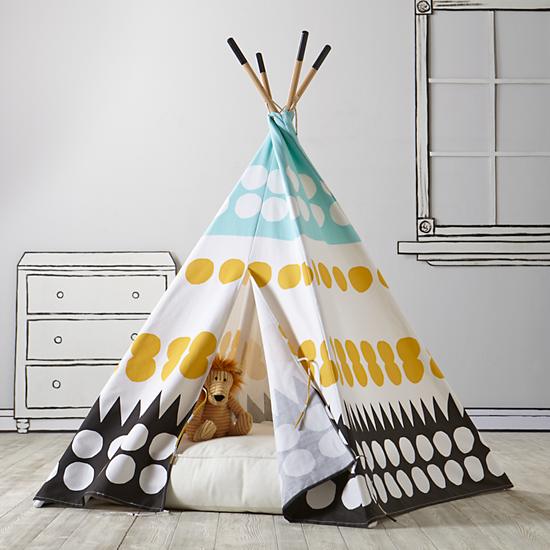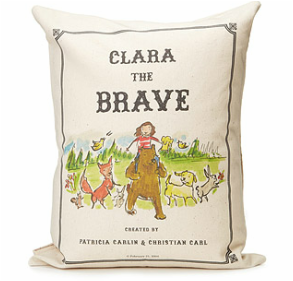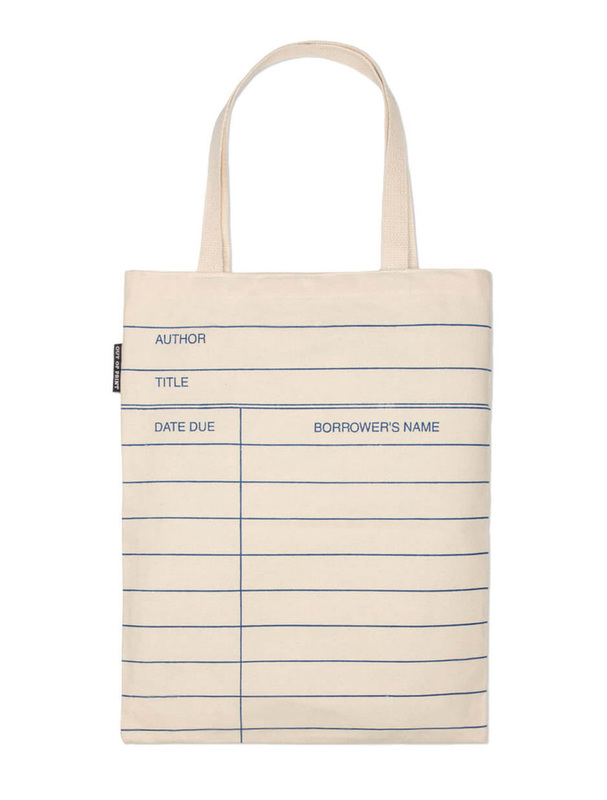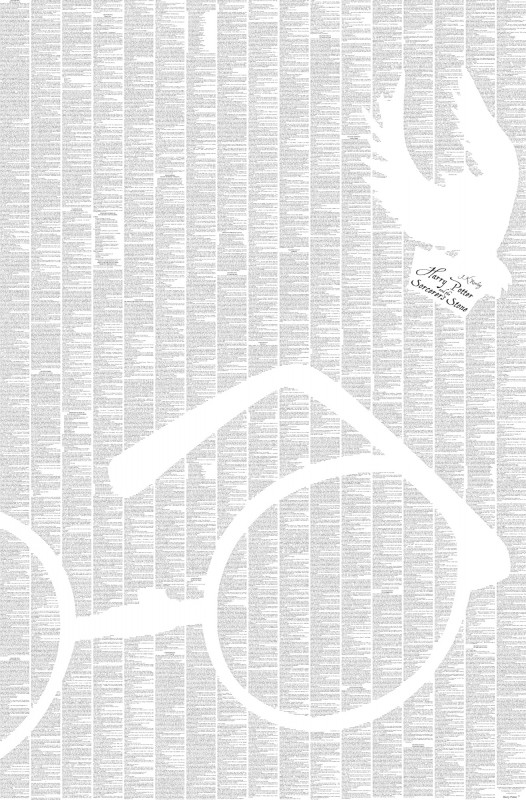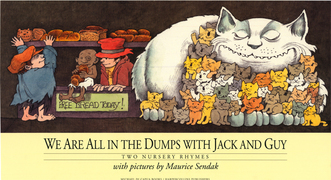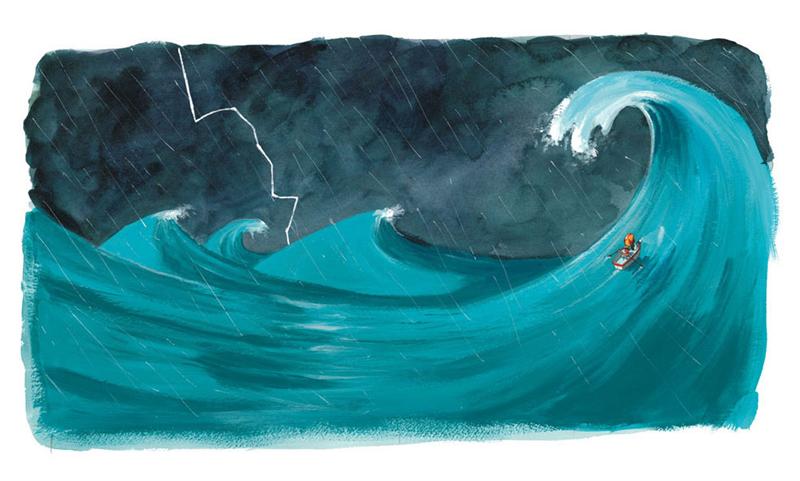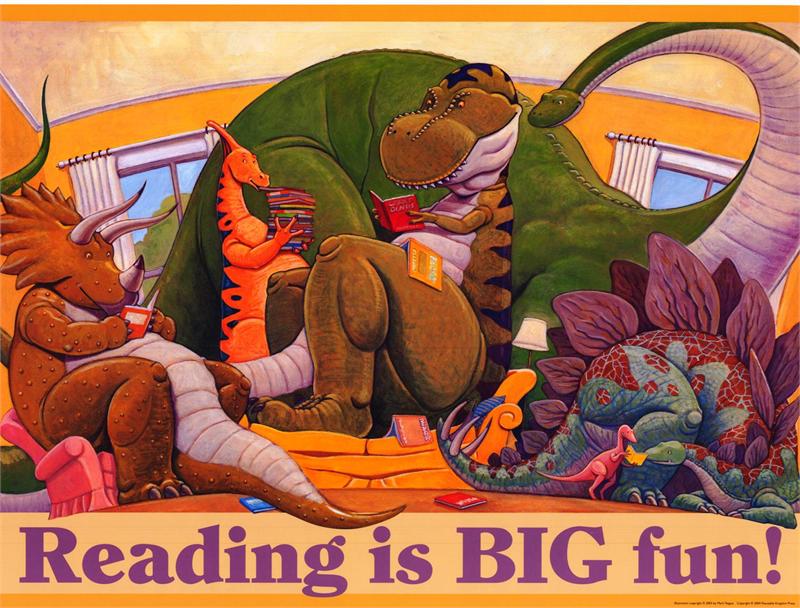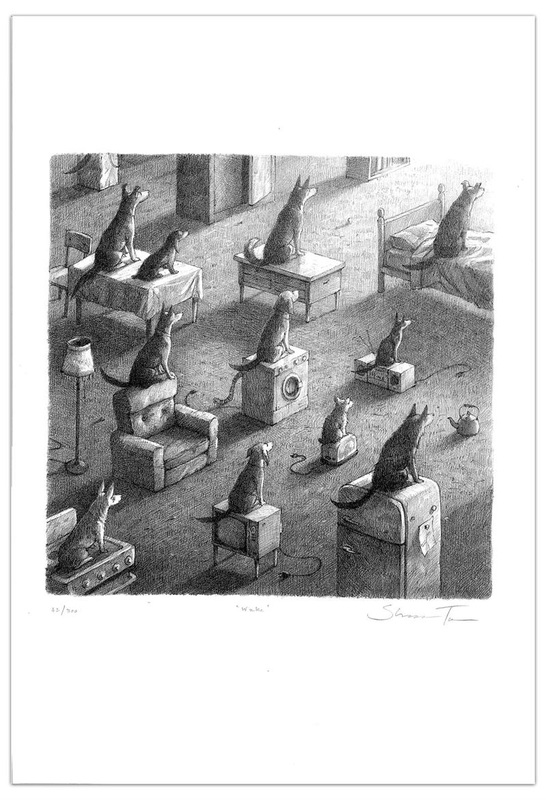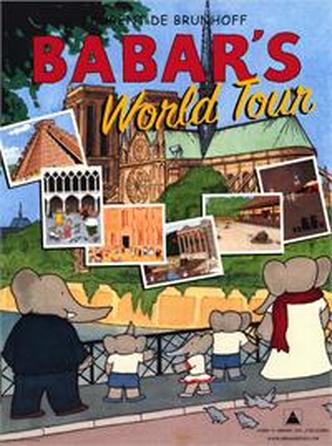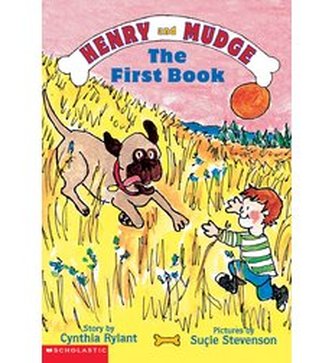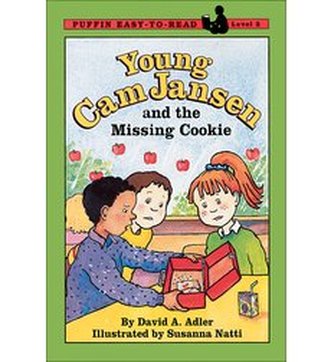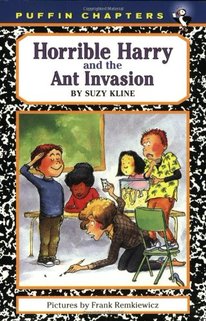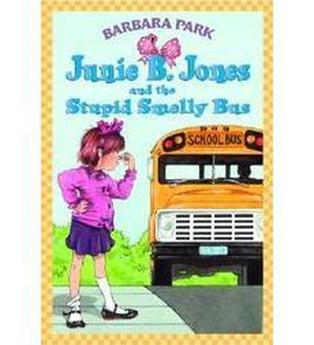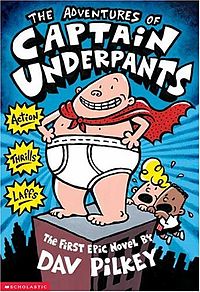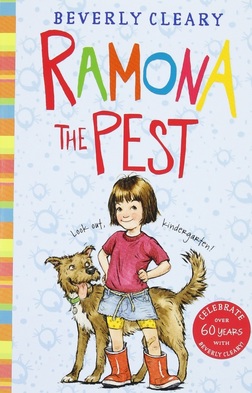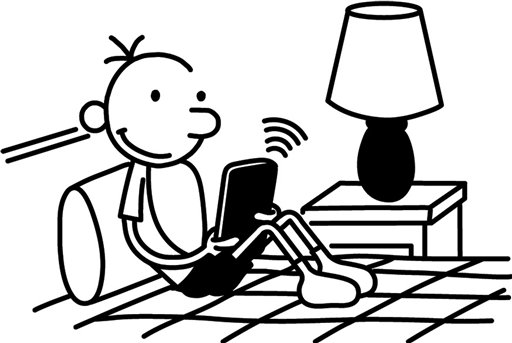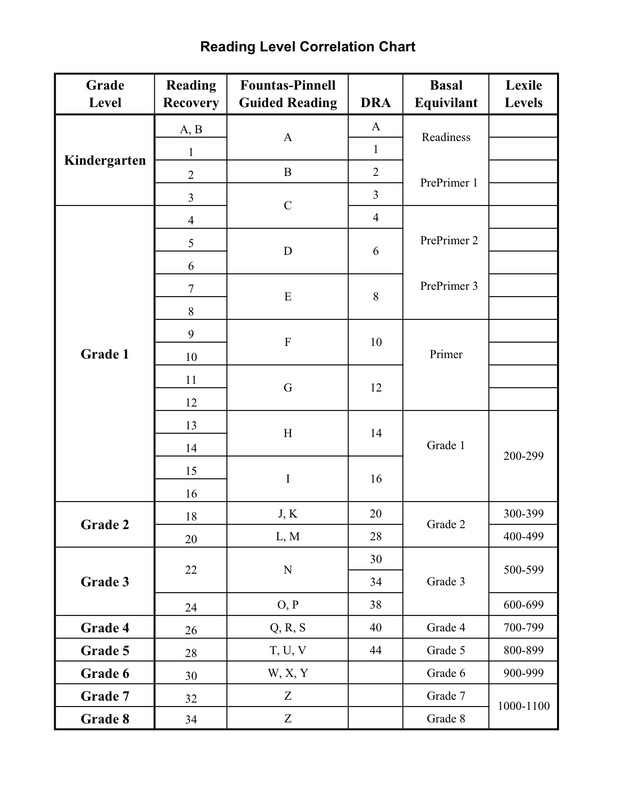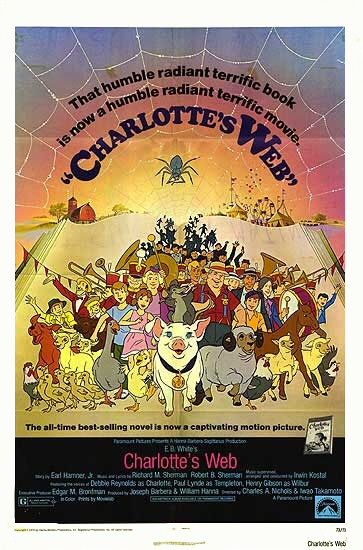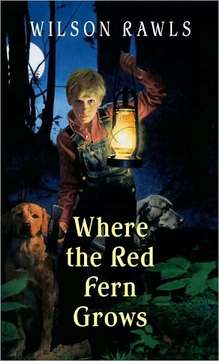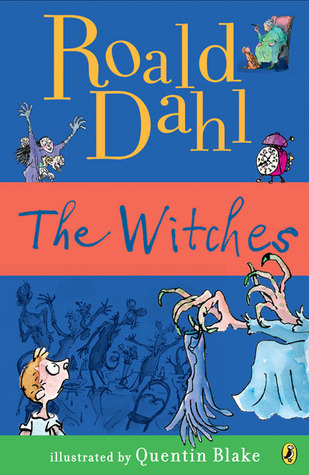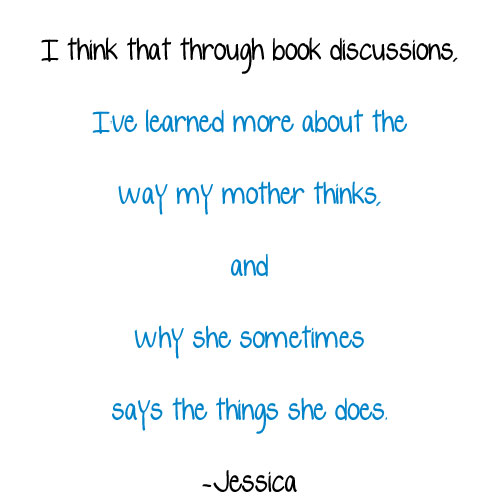So let's make reading comfy with this bookless reading gift guide.
Big Items
| 1. Tents and pillows. Sometimes, you just want to read in the privacy of your own tent. And of course, you'd need some comfy pillows. I would have been in heaven as a kid if I had a tent to sit in and read. Then, everyone would know to stay out! I'm reading. This tent is great for boys and girls and you can get a pillow for the bottom or just use pillows you have. Tent from Land of Nod. |
| 2. Personalized Storybook Pillow How cool is this?! You! On a book cover! On a pillow! The artist has a few different overall designs to choose from, but it's definitely a cool and special way to personalize the reading experience for anyone. Personalized pillow from Uncommon Goods. |
| 3. For Outdoor Reading To make outdoor reading fun, you might consider a hanging book nook - a hammock of sorts. It's a seated hammock and is perfectly kid-sized. You can actually hang it inside too, if you wanted. Hanging pod from Amazon. |
| 1. Library Bag Every time we go to the library, we like to use a special bag to put our library books in. This way, we don't get them confused with the books we own at home. Plus, kids like to have their own bags to carry their own things. And, totes can double as your gift bag. Win! Library Tote from Out of Print Books. |
| 2. A Book Poster Book art is usually beautiful and you could find a poster of a favorite illustration or a favorite book cover. These lithographs are really cool in that the entire book is on the poster itself. So, it's not technically a book - but art, and the text is still there! They have other children's classics including Charlie and the Chocolate Factory, The Ugly Duckling, Peter Pan and others. Poster from Spineless Classics. |
| 3. Literary Temporary Tattoos Most kids we know love temporary tattoos. Why not a literary one? With a few different designs, you might just find one that's perfect! Wizard of Oz tattoo from Litographs. |

